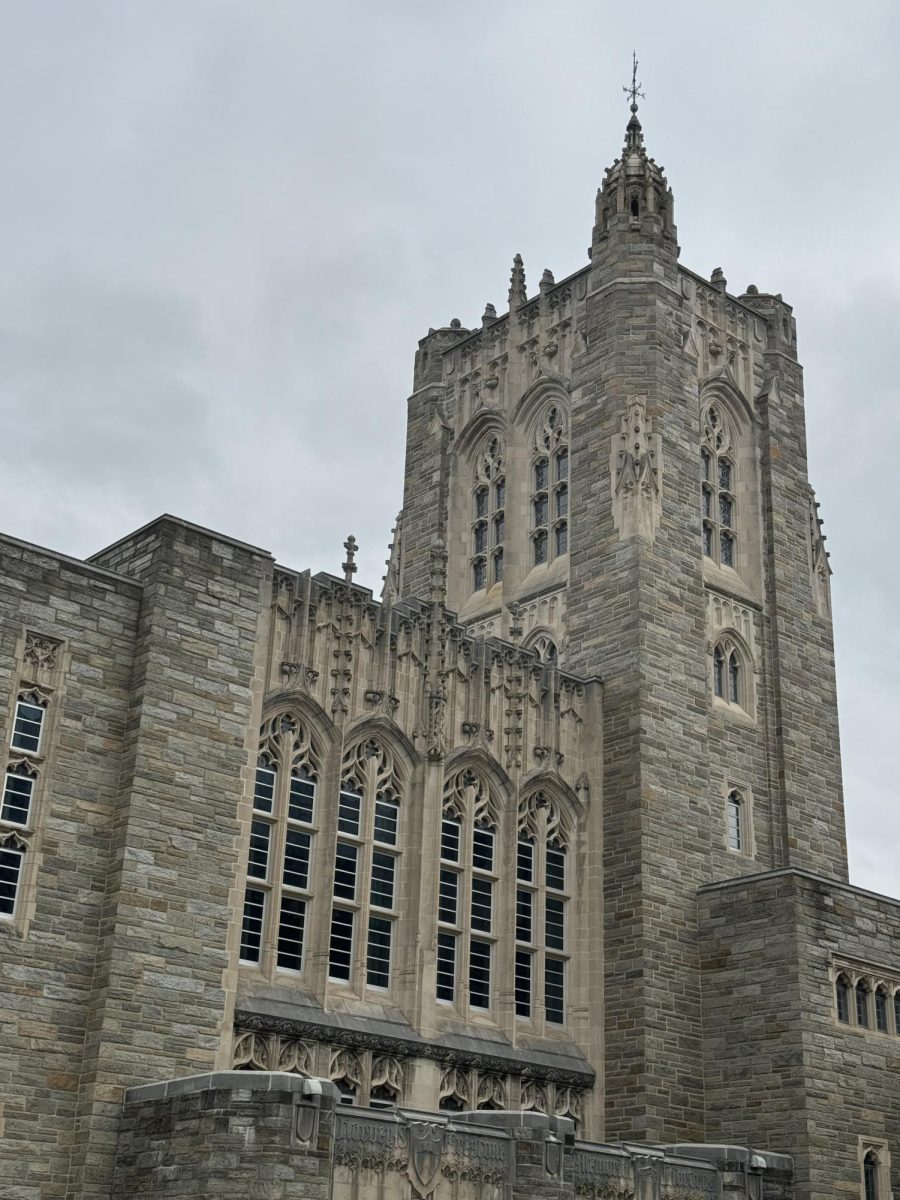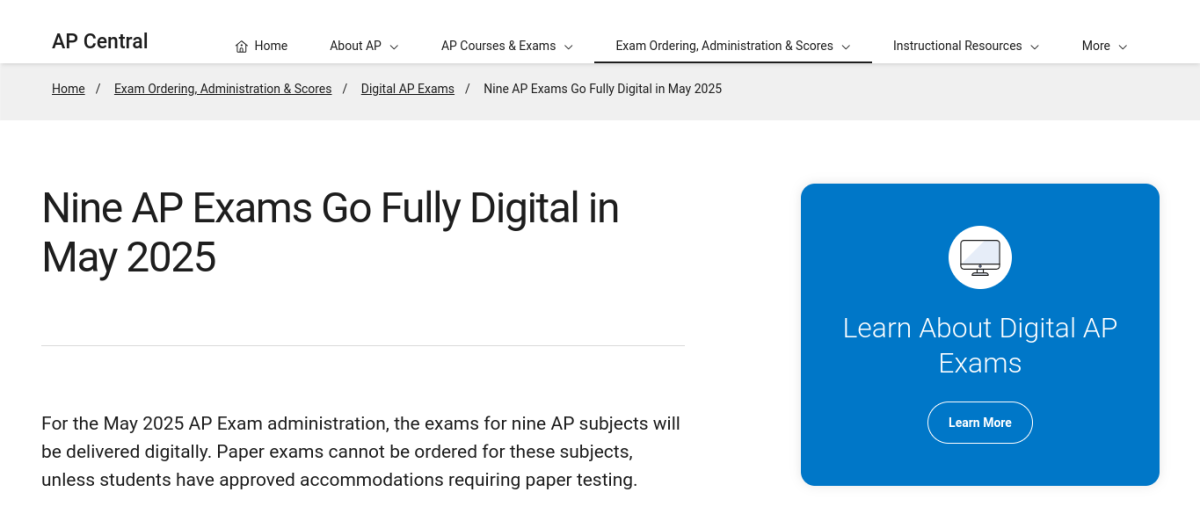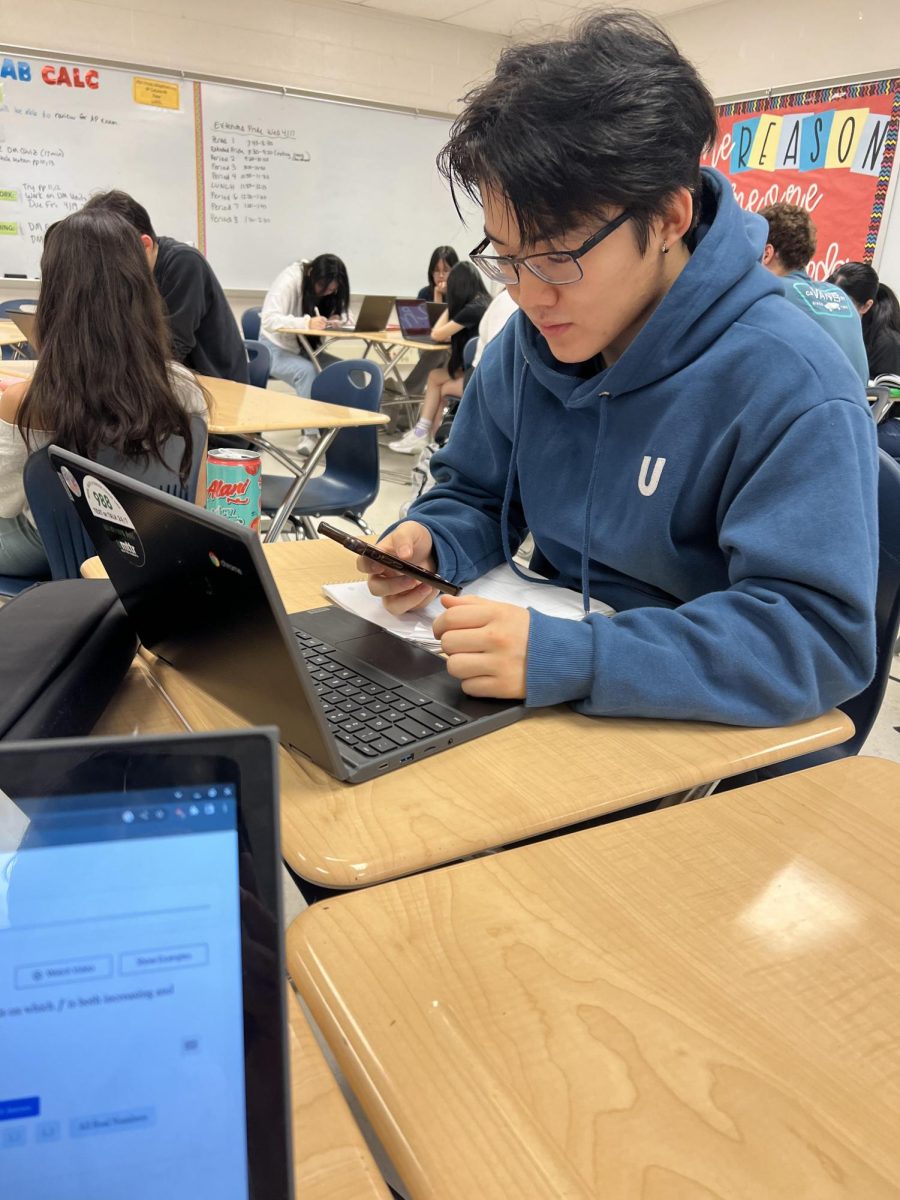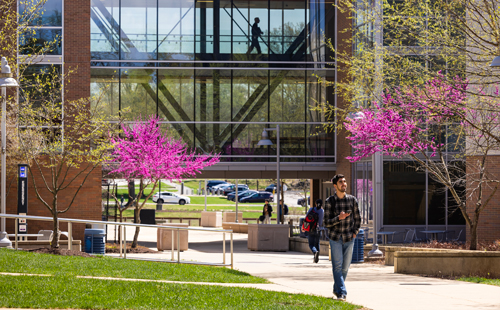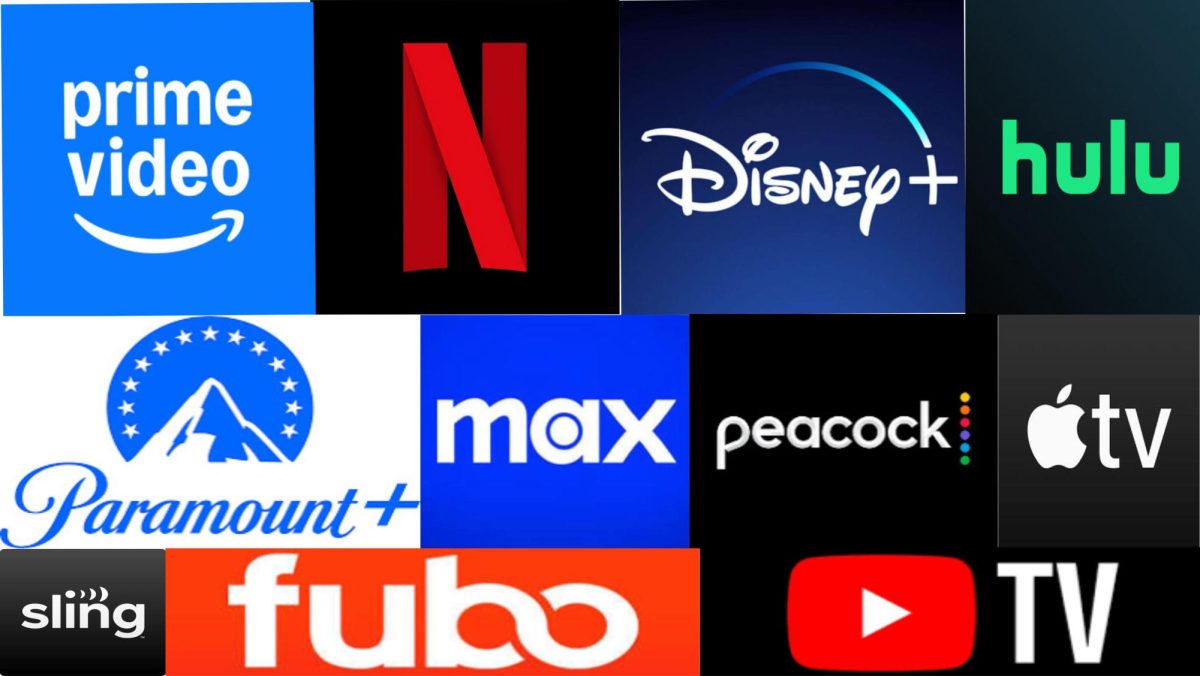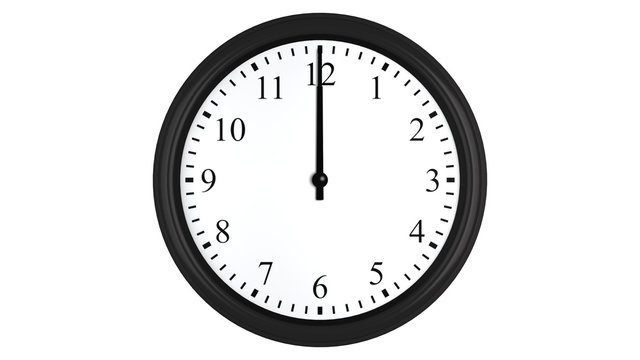Although the term “Ivy League” was first conceived in 1937 to refer to the Northeastern football league, the phrase is now synonymous with academic excellence, prestige and exclusivity. Every year, hundreds of thousands of students apply in hopes of joining the Ivy’s ranks. These schools boast acceptance rates in the single digits which inevitably causes heartbreak for students who have made it their lifelong goal to attend. But is this distress worth it?
The Ivy League application process is inherently corrupt, often using arbitrary factors to determine application decisions. One of the best examples of this is legacy admissions. Legacy admissions are when relatives of alumni are given special consideration due to their parents’ affiliation with the school. This practice occurs across many colleges but the most egregious examples are within the Ivy League. According to The New York Times, legacies are more than four times as likely to be accepted into an Ivy League than non-legacies. This statistic shows that countless qualified students are rejected from Ivies purely because they are not related to alumni.
If a legacy student is not admitted to Harvard they students are encouraged to take a gap year and apply again. This practice has become known as “z-listing” and further pollutes the annual application pool with even more legacy students, depriving capable non-legacies of a fair shot at the Ivy League.
Aside from legacy, wealth is also a major factor in the application process. According to The New York Times, five Ivy-League schools contained more students in the top one percent economic bracket than the bottom 60 percent. Although in recent years people have begun to call attention to the bribery occurring behind the scenes during the admissions process, blatant wealth bias continues to go mostly unnoticed.
There are underlying issues even once a student is accepted into an Ivy. Yale, Harvard and Princeton have all faced lawsuits alleging that they were negligent with the mental health of their students. A 2023 study from the University of Michigan suggests that college students are at a higher risk for depression and suicide than they have ever been before. This risk is heightened by the highly competitive environment of the Ivies.
The Ivy League schools create an environment prime for mental health crises. In high school, many students overload themselves with schoolwork and extracurriculars in the hope of getting into an Ivy. If they get in, they have created a situation where burnout and alienation are likely to occur. Additionally, Ivies are incredibly competitive internally and externally. Students have to fight for enrollment in select classes and research with certain teachers. Because of this, they are almost forced to see their classmates as competition. The blatant wealth disparity on campus also creates an environment where students from poorer backgrounds are more susceptible to anxiety and depression.
Students facing mental health crises will often seek out campus resources only to find that they are lacking. The website “Surviving Ivy” is solely dedicated to sharing stories of students who have faced these struggles. Tragically, the US school system builds up the Ivy League as the pinnacle of education, but when students find themselves attending their supposed “dream school” they rapidly become disillusioned.
The price of an Ivy is also a major problem for the average student. Many people have a warped view of the Ivy League, believing that a nearly $100,000 annual tuition is worth it. According to Bloomberg, most Ivies cost over $90,000 a year. This means that an undergraduate Ivy education is worth nearly $500,000, still excluding other uncovered costs.
While the quality of education may be slightly better at Ivies, when the price is compared to a state school, the idea of attending an Ivy rapidly becomes unrealistic. A student who attends an Ivy will likely be stuck with a mountain of student debt. This debt will also exacerbate any emotional struggles a student is facing, creating a rapid downhill mental spiral.
Despite these drawbacks, there are definite benefits to the Ivy League. The exorbitant funding these schools receive means that their facilities are state-of-the-art. These schools also boast many powerful alumni who can connect students to well-paying jobs much faster than other schools. Forbes reports that Ivy graduates have a higher annual earning average compared to students who have graduated from the top 10% of other colleges. While these benefits are undeniable, the data may be slightly warped.
Ivies mainly accept students from inherently wealthy backgrounds. This means that these students may enjoy existing family connections and may thus receive high-paying jobs regardless of Ivy attendance. Once again, the supposed connections that Ivies offer are likely limited to students from wealthy and well-connected backgrounds. However, other students could still manage to take advantage of these opportunities.
While there are benefits to the Ivy League, there are also many significant downsides students should consider before setting their heart on an Ivy. While these schools may possess certain minor advantages, there is no shame in going to a college that is not an Ivy. Nevertheless, the American public continues to uphold Ivies as the greatest form of education despite all the downsides that have become apparent in recent years.


